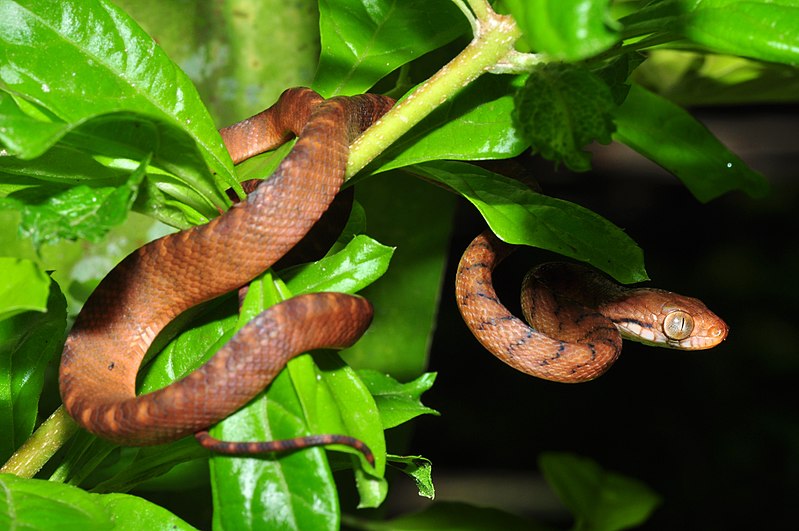Invasive plants are a growing concern in North America, posing significant threats to native ecosystems and biodiversity. These non-native species, introduced intentionally or accidentally, have the ability to outcompete native plants, disrupt natural habitats, and alter ecosystem functions. As a result, they can cause economic losses and ecological damage. This article aims to provide an in-depth analysis of invasive plants in North America, highlighting their impacts, major species, and management strategies.
Impacts of Invasive Plants
Invasive plants have far-reaching consequences on the environment, economy, and human health. One of the primary impacts is the displacement of native plant species. Invasive plants often outcompete native plants for resources such as sunlight, water, and nutrients, leading to a decline in biodiversity. This loss of biodiversity can disrupt the delicate balance of ecosystems and reduce the availability of food and habitat for native wildlife.
Furthermore, invasive plants can alter ecosystem functions. They can change soil chemistry, nutrient cycling, and hydrological processes. For example, some invasive plants release chemicals that inhibit the growth of other plants, altering the composition of plant communities. These changes can have cascading effects on other organisms dependent on those plants for food or shelter.
Invasive plants also have economic impacts. They can reduce agricultural productivity by invading croplands and pastures, competing with crops for resources and reducing yields. The costs associated with controlling and managing invasive plants are substantial, including expenses related to herbicides, mechanical removal, and restoration efforts.
Major Invasive Plant Species
Several invasive plant species have established themselves across North America. One such species is the common reed (Phragmites australis), which has invaded wetlands throughout the continent. This tall grass outcompetes native wetland vegetation, forming dense stands that reduce habitat quality for birds, fish, and other wildlife. Another notorious invader is the purple loosestrife (Lythrum salicaria), which forms dense stands along waterways, displacing native wetland plants and reducing biodiversity.
The tree-of-heaven (Ailanthus altissima) is another problematic invasive species. Originally introduced as an ornamental tree, it has spread rapidly across North America, colonizing disturbed areas and outcompeting native vegetation. Its prolific seed production and ability to resprout make it difficult to control. Other notable invasive plants include kudzu (Pueraria montana), garlic mustard (Alliaria petiolata), and Japanese knotweed (Fallopia japonica).
Management Strategies
Managing invasive plants requires a multifaceted approach that combines prevention, early detection, and control measures. Prevention is crucial to minimize the introduction and spread of invasive plants. This involves regulating the importation and sale of potentially invasive species, as well as educating the public about the risks associated with these plants. Early detection and rapid response programs are essential for identifying new invasions and taking immediate action to prevent their establishment.
Control measures vary depending on the species and the extent of the invasion. Mechanical methods such as mowing, cutting, or hand-pulling can be effective for small infestations or in sensitive areas where herbicides are not suitable. However, these methods may need to be repeated over several years to deplete the plant’s energy reserves and prevent regrowth.
Chemical control, using herbicides, is often necessary for larger or more persistent infestations. Herbicides can be applied selectively to target invasive plants while minimizing harm to native vegetation. However, careful consideration must be given to potential off-target effects and impacts on non-target organisms.
Restoration efforts play a crucial role in managing invasive plants. After removing invasives, restoring native vegetation helps to prevent reinvasion and restore ecosystem functions. Restoring native plant communities can be achieved through reseeding, planting native species, and implementing habitat restoration techniques.
Conclusion
Invasive plants pose significant threats to North American ecosystems, impacting biodiversity, ecosystem functions, and the economy. The introduction and spread of these non-native species require proactive management strategies that focus on prevention, early detection, and control measures. By understanding the impacts of invasive plants and implementing effective management strategies, we can protect native ecosystems, preserve biodiversity, and mitigate the economic and ecological damage caused by these invaders.








